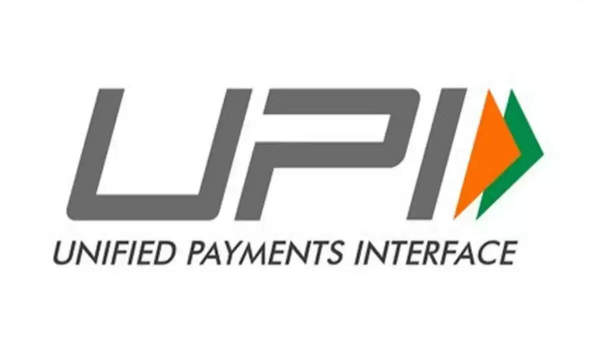 Introduction of New UPI Lite Rules
Introduction of New UPI Lite Rules
Starting November 1, updated regulations for UPI transactions via platforms like Google Pay, PhonePe, and Paytm have been implemented. The National Payments Corporation of India (NPCI) has raised the transaction cap for UPI Lite and introduced an automatic top-up feature for digital wallets. A key advantage of UPI Lite is that it allows users to conduct UPI payments without needing to enter a PIN or password. UPI has emerged as the leading payment method in India, achieving record transaction volumes last year.
Understanding UPI Lite
UPI Lite enables users to maintain a wallet balance of up to Rs 2,000 and facilitates transactions of up to Rs 500 at once. This service is tailored for individuals who frequently make small payments using UPI. Users can directly fund their UPI Lite wallets from their bank accounts. Previously, once the wallet balance was depleted, users had to manually recharge it; however, with the new auto top-up feature launched on November 1, the wallet can now be automatically replenished from the bank account when the balance is low.
This feature has certain limitations: users can perform a maximum of five top-ups per day, with a cumulative total of Rs 10,000.
Activating UPI Lite
Enabling UPI Lite on apps such as Google Pay, PhonePe, or Paytm is straightforward. Users need to open the app, click on their profile icon, and select the option for PIN-free UPI Lite at the bottom. By following the on-screen prompts, users can quickly start using UPI Lite.
Additionally, the Reserve Bank of India (RBI) has significantly raised the transaction limits for UPI Lite and UPI 123PAY to encourage digital payment adoption. The transaction limit for UPI Lite has been increased from Rs 500 to Rs 1,000, while the wallet limit has been raised from Rs 2,000 to Rs 5,000. Furthermore, the transaction limit for UPI 123PAY has been enhanced from Rs 5,000 to Rs 10,000.









